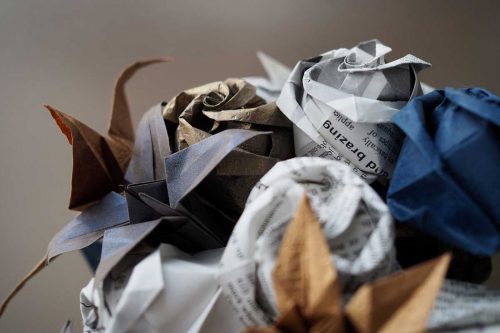You are probably wondering how heavy merino wool is and how many pounds you need for a blanket. Don't worry. We have the answers you are looking for.
Merino wool is available from lightweight to heavyweight. You can find it as laceweight, fingering or sock weight, baby or sport weight, worsted, heavy worsted, and bulky. Merino wool varies from 50g to 320g.
Keep reading to learn more about whether merino wool is lighter than cotton, if it will shrink, whether or not it is itchy, how much merino wool you need for a blanket, and more.
![Pile of unprocessed high quality colorful alpaca wool, How Heavy Is Merino Wool [And How Many Pounds For A Blanket]?](https://craftsbliss.com/wp-content/uploads/2022/04/How-Heavy-Is-Merino-Wool-And-How-Many-Pounds-For-A-Blanket.png)
The Weight of Merino Wool
The weight of merino wool is measured in many different ways. Fingering or sock weight is not as heavy as worsted yarn. They are on opposite ends of the scale. Mid-weight, also known as medium weight, is the same as worsted weight yarn.
The weight of merino wool varies from lightweight to heavyweight. Lightweight is less than 200g. You will see 120-200g, most commonly when it comes to lightweight merino wool. The lower the number, the finer the yarn is.
Merino wool works well for activities that cause you to sweat. That is because it absorbs sweat or water. This reaction will keep you cool if you wear a beanie or headband of merino wool.
What is considered mid-weight is meant to be worn as a second layer or as a base layer, whichever you choose. This is a good weight for running or walking in the early morning or late evening. Mid-weight varies from 200 to 300g.
Heavyweight Merino wool is the thickest. It is 300g or more. Usually, heavy-weight Merino wool is worn as the outermost layer. Anything more than 300g is heavyweight and meant for the coldest weather conditions.

Is merino wool lighter than cotton?
Yes, Merino wool is lighter than cotton. This means the results are not bulky like the typical wool people used to use. You can move around easily when wearing merino wool.
It is a moisture-wicking material, which means it expels odors and sweat away from your body. Your sweat and the scent evaporate. Merino wool is warm, but it is lightweight.
Coarse wool tends to irritate sensitive skin. Fortunately, you do not have to worry about that problem with merino wool. Another benefit of using merino wool or wearing merino wool is that it is a renewable resource. Since Merino sheep are already going to shed and grow their coats each year, there will be wool for as long as there are sheep.
Click here to see this on Amazon.
What is the difference between Merino 150 and 250?
Merino 150 is considered to be lightweight, while 250 is mid-weight. The higher the number is, the thicker the merino wool is. Some people ask if Merino 250 is too warm, but it isn't. It will work in both warm and cool conditions.
The Ultraviolet protection that merino wool provides varies based on the weight of the wool. 30 SPF and higher are what you can expect when it comes to UV protection.
When you are planning to work on a project using merino wool, you use less yarn the looser the stitch or gauge and vice-versa.
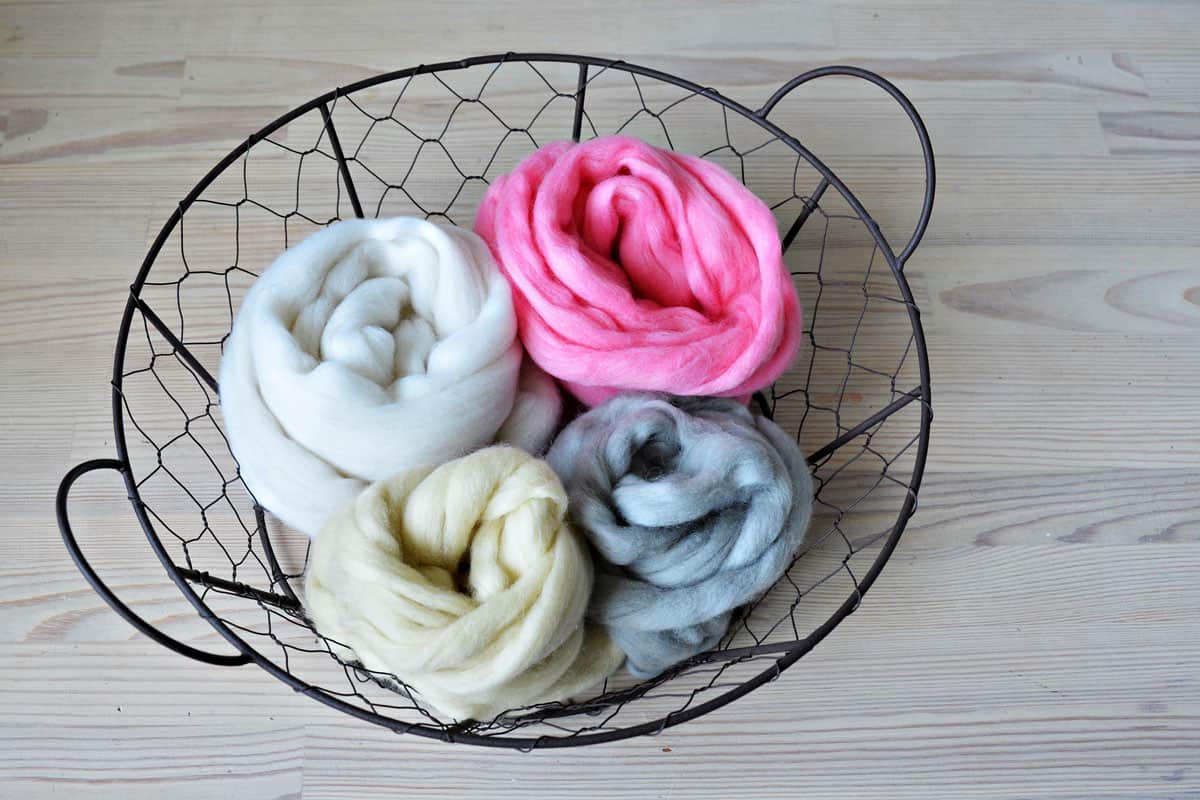
The Amount It Takes to Make a Merino Wool Blanket
How many pounds of merino wool you need for a blanket depends on the size of the blanket and the weight of the wool. The size of the blanket, the weight, and the stitch all impact how many pounds of yarn you need. On average, blankets are usually about 64" by 64".
If you want to make a blanket that is 64" by 64", you will need about nine pounds of merino wool for a lightweight blanket. This is equivalent to forty-one hanks or four hundred and forty yards. You will need a little more, approximately nine and a half pounds for sport weight or medium weight. That is the same as forty-three hanks.
A 30" by 40" blanket will work as a baby blanket. You need much less yarn to make a baby blanket. When calculating how much merino wool you need, the main factor is how big your blanket will be.
A throw blanket typically measures 50" by 60". About 90" by 100" is the size you need for a queen-size blanket, while a king-size blanket is approximately 108" by 100".
Click the link below to see more specifically what you need for a king-size blanket:
How Much Yarn To Crochet A King-Size Blanket?
More On How Much Yarn to Use
The knitting or crocheting techniques employed [ie. overlay crochet, cable stitches, etc.] affects the amount of yarn you need. For instance, the popcorn technique uses more yarn than other techniques. It takes five double crochets to make a single popcorn stitch.
The dimension varies based on the stitch, and the more dimension you create, the more yarn you will use. This is the difference between using two and a half centimeters or thirteen centimeters. That is quite the difference.
We go back and forth between the metric system and imperial system. It all depends on the source.
There are a lot of aspects of purchasing yarn that differ from company to company. You can substitute merino wool for the yarn that a pattern calls for as long as it is the same weight. Merino wool comes in either hanks, skeins, or balls. If you buy a hank of merino wool, you will need to wrap it into a ball yourself.
Click here to see these on Amazon.
Does merino wool shrink?
No, merino wool does not typically shrink. Merino wool may shrink if it is exposed to high temperatures, though. It is important to either air dry your materials made with merino wool or dry them on a low heat setting.
The fibers will not be destroyed if they do not get too hot. Merino wool is stretchy rather than tight. It is made up of thin fibers, which cause the wool to be highly elastic. The elasticity of merino wool helps with how comfortable it is. You might be surprised at the ease of movement you have when you wear it.
Is merino wool itchy?

Merino wool is not like the typical wool you think of whenever you hear "wool." It is not itchy or coarse. Because the fibers are finer, merino wool is quite soft. When you feel merino wool for the first time, you would not think it is wool.
There are many varieties of merino wool blends. For example, you can find merino wool blended with cotton or polyester. These varieties are usually less expensive than 100% merino wool.
Whether it is fine or thick is not based on the weight of the merino wool. The diameter of the merino wool makes a difference in how it feels in your hand. Regardless, merino wool is soft, not itchy.
Click here to see these on Amazon.
Is merino wool expensive?
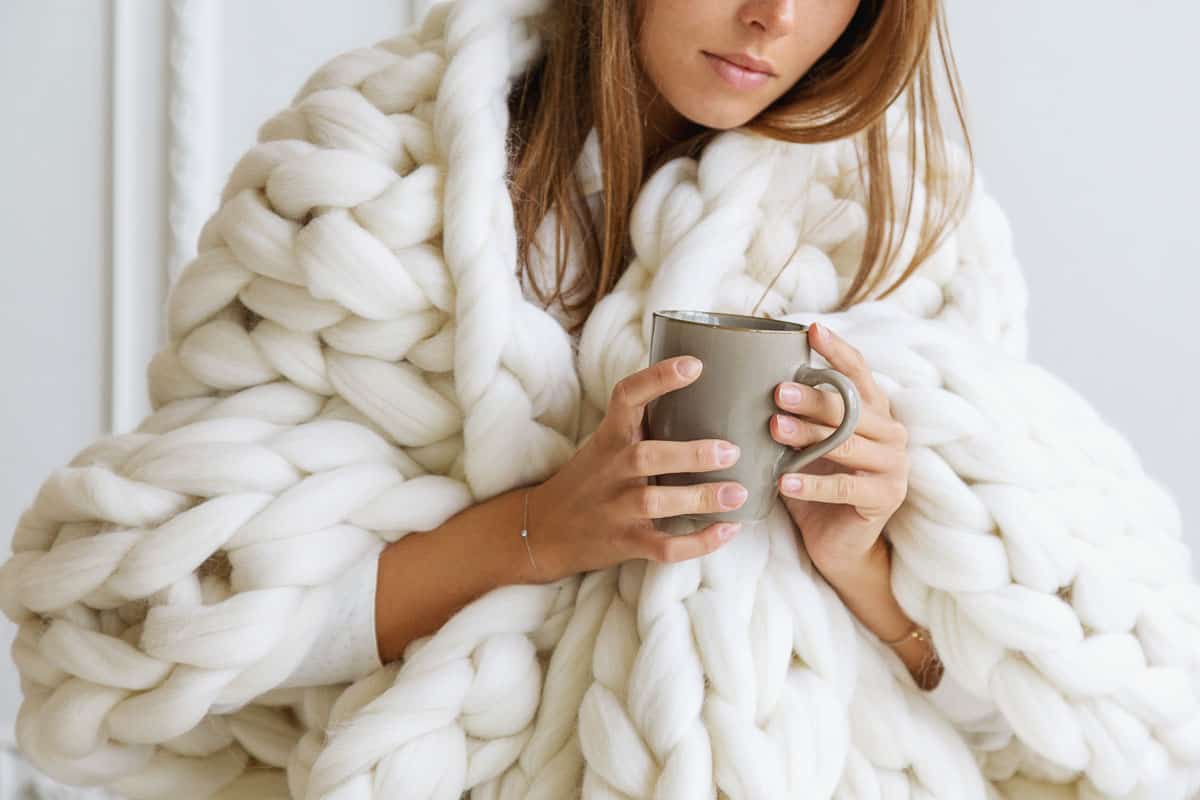
Yes, merino wool is somewhat expensive. It is considered the best of the best when it comes to wool. The labor that goes into caring for Merino sheep and the manufacturing process contributes to the cost.
Like most yarn out there, the cost varies depending on where you order it from. The total expense is unique to every project. Compared to other materials that you can use to make clothes or blankets, merino wool is expensive. The real question is why?
It is more expensive than alternatives because merino wool is long-lasting. It is also a great choice because it is flameproof and biodegradable. Merino wool absorbs moisture but dries quickly. You do not have to worry about your merino wool wrinkling, which is anti-static.
Synthetic materials such as polyester or nylon are prone to bacteria. Merino wool, on the other hand, is not. Another reason it is a little more expensive than other options is because it does not absorb odors as quickly as other materials.
Wash your blanket or clothing in cold water to make your merino wool blanket or garments last the longest. Allow it to tumble dry on a low heat setting, or hang it up to let it air dry. Make sure you give it space to dry out properly if you decide to hang dry it.
Click here to see this on Amazon.
A Quick Recap
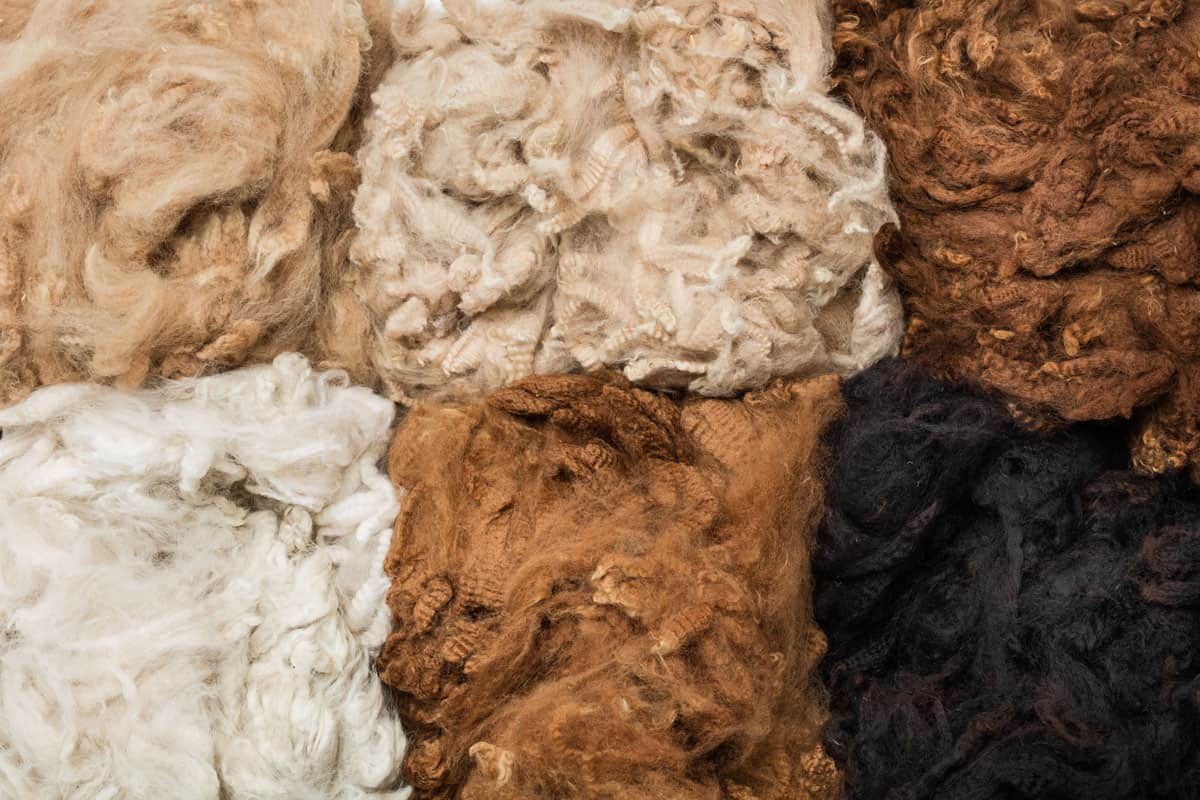
All in all, merino wool is exceptionally soft, durable, and preferable. Even though it tends to be more expensive, that is for a good reason. It takes about nine to nine and a half pounds of merino wool to make a 64" by 64" blanket. The more techniques you use, the more yarn it takes to complete your project.
Before you go, check out the following links






![Read more about the article Can You Glue Ceramic Back Together? [And How To]](https://craftsbliss.com/wp-content/uploads/2023/01/Hand-applying-liquid-glue-on-ceramic-broken-pieces-repairing-a-green-plate.-Can-You-Glue-Ceramic-Back-Together-And-How-To-500x333.png)
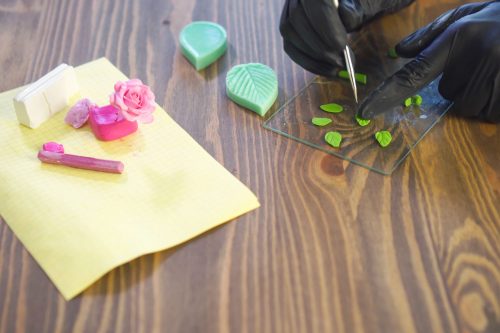
![Read more about the article Can Leather Be Dyed Any Color? [Popular shades suggested]](https://craftsbliss.com/wp-content/uploads/2020/10/Pieces-of-colorful-raw-leather-hanging-on-wooden-shelf-500x333.jpg)
![Read more about the article Can You Put Glitter In Candles [Pros And Cons]](https://craftsbliss.com/wp-content/uploads/2022/01/Three-different-candles-coated-in-glitter-500x333.jpg)
